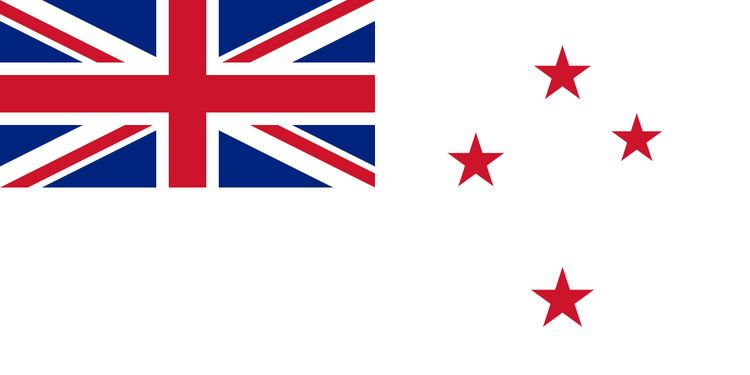 | ||
The Royal New Zealand Navy has several long-term projects to retain and update its capabilities for the future.
Contents
Defence White Paper
The Defence White Paper was released by the New Zealand Government in June 2016 ,. Policy intentions regarding the replacement of existing ships include:
Short term (next five years):
Out to 2030
Other proposals
Long-Term Development Plan (LTDP)
Is a planning tool to enable decisions on defence acquisitions to be taken in the context of the Government’s defence policy, the priority of projects and affordability. This LTDP contains a comprehensive list of projects, with preliminary costing, timings, and priorities. The LTDP has a rolling forward focus of 10 years and was constructed as an active document and was last updated in 2008. Since the last update the New Zealand government released its Defence White Paper in June 2016.
The LTDP:
The LTDP sets out several categories of projects. These are:
Allocation of a project to a particular category does not necessarily reflect the order in which they will be started.
System and platform upgrades
Anzac Self-Defence Upgrade This project proposes to upgrade the Anzac frigates' self-defence systems to protect the Naval Combat Force against increasingly sophisticated anti-ship systems and to address equipment obsolescence. Lockheed Martin Canada (LMC) was awarded a contract on 29 April 2014 for the design and supply of the Combat Management System for each ANZAC Class Frigate along with the supply and integration of various sensors, missile system and a Combat System Trainer for the Devonport Naval Base in Auckland.
Torpedo Replacement This project proposes to replace the torpedoes for the Anzac frigates, P-3 Orions and SH-2G Seasprite helicopters to maintain the Anzac's basic self-defence capability against sub-surface threats and the P-3's area anti-submarine capability.
Remote Mine Detection The Maritime Forces Review identified a requirement to protect New Zealand's major ports by developing a capacity to detect and dispose of mines and other explosives underwater. The Review concluded that the mine countermeasures role should be retained. The capability of the Navy to detect mine-like objects is becoming increasingly difficult as current equipment reaches the end of its economical life. Upgrading this capability would significantly improve the safety of personnel and ships over the current inadequate, emergency only, systems. A request for information was released on 4 July 2016 by the Ministry of Defence.
